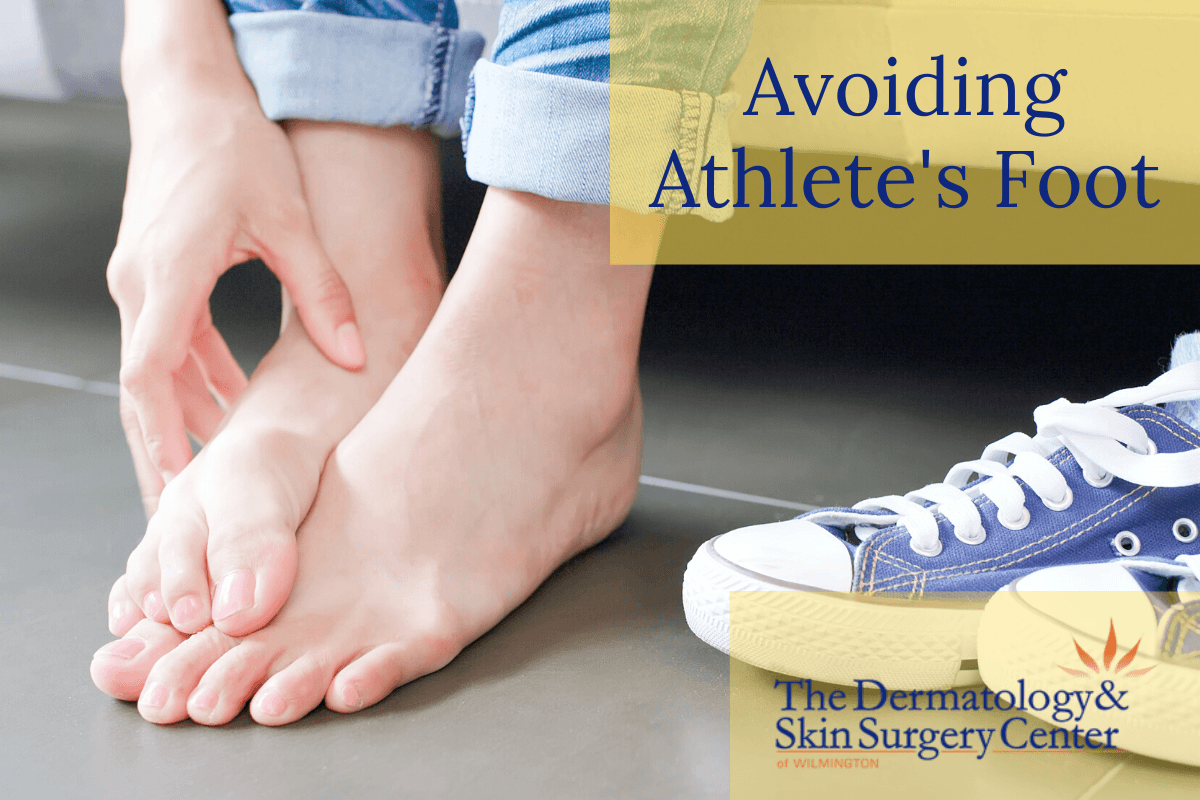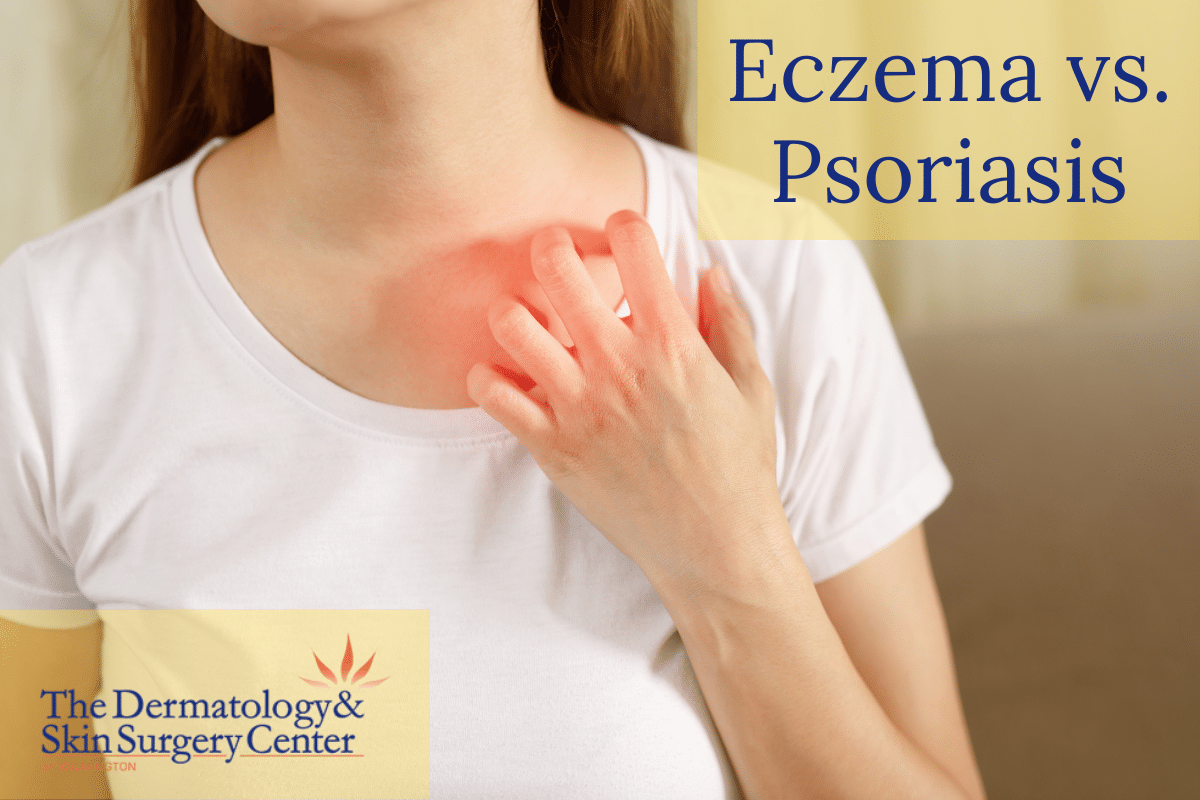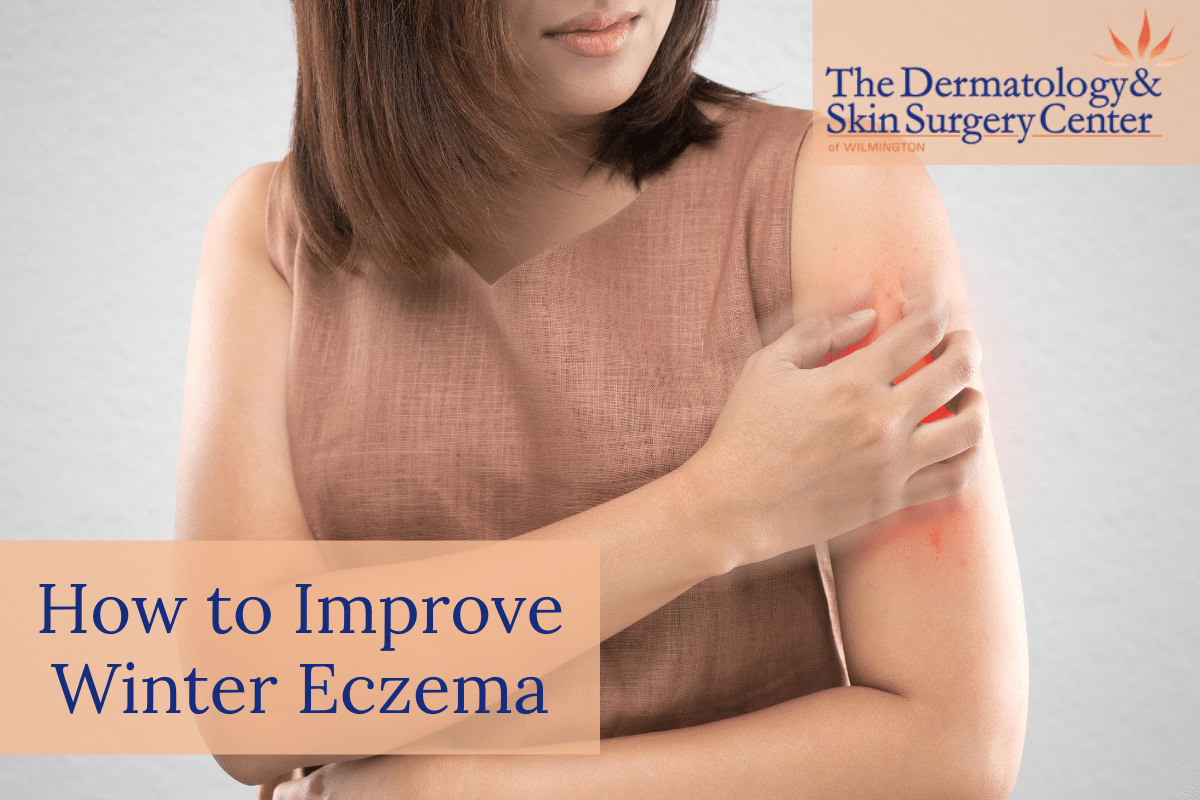At The Dermatology & Skin Surgery Center of Wilmington, we understand how hard it can…

Avoid Athlete’s Foot at the Gym – Learn More About This Infection
If you’ve been hitting the gym regularly and have started to notice a strange, funky smell wafting off your feet or dry, itchy skin between your toes, you might have picked up a nasty case of athlete’s foot.
A very common infection, athlete’s foot can affect anyone and everyone (even those who aren’t regular gym-goers!). And while this infection is generally harmless, athlete’s foot is often extremely irritating!
To help you avoid athlete’s foot at the gym or while achieving your fitness goals this year, we’ve put together a few top tips on prevention and treatment, as well as essential information on what causes athlete’s foot, its symptoms, and more.
Dermatologist’s Guide to Athlete’s Foot
What is Athlete’s Foot?
Athlete’s foot, also known as tinea pedis, is a common skin infection caused by a specific class of fungal organisms called dermatophytes. Athlete’s foot is highly contagious and thrives in warm, moist environments, which is why the foot is one of the more common locations for this infection. Sweaty socks and moist shoes encourage the growth of athlete’s foot, resulting in dry, cracked, itchy skin.
What Causes Athlete’s Foot?
As mentioned above, athlete’s foot is caused by a fungus, more specifically fungi called dermatophytes. The fungus thrives in damp, moist environments, which is why athlete’s foot is often found in gym locker rooms, showers, and near pools. Athletes and gym-goers often have sweaty feet and use these facilities, hence the name “athlete’s foot.”
You can catch the fungus that causes athlete’s foot through direct contact with an infected person or by touching surfaces contaminated with the fungus, such as a locker room floor.
What are the Symptoms of Athlete’s Foot?
Athlete’s foot has a few common symptoms you can look for to determine whether or not you’ve contracted this fungus.
In most cases, athlete’s foot symptoms are very uncomfortable, so if you’re experiencing any of the things listed below, you should make an appointment to see a board-certified dermatologist or doctor for a proper diagnosis.
Symptoms of athlete’s foot may include:
-
-
- Itching, stinging, and burning between the toes or on soles of the feet.
- Cracking and peeling skin on the feet, most commonly between the toes and on the soles.
- Dry skin on the soles or sides of the feet.
- Raw skin on the feet.
- Discolored, thick, and crumbly toenails.
- Toenails that pull away from the nail bed.
- Blisters on the feet that itch.
-
What is the Best Treatment for Athlete’s Foot?
Thankfully, there are several athlete’s foot treatments available today. Your doctor or dermatologist will help determine which treatment is right for you.
There are four main types of antifungal treatments for athlete’s foot:
-
-
- Creams
- Powders
- Sprays
- Pills/Tablets
-
These antifungal treatments all work similarly — killing the fungus that causes athlete’s foot, giving your skin the chance to repair and recover from the infection.
Initially, your doctor or dermatologist may recommend over-the-counter (OTC) antifungal treatments, which are easily found at your local drugstore. If your athlete’s foot isn’t responding to OTC treatments, a prescription-strength antifungal medication may be required to clear up the infection.
Tips for Preventing Athlete’s Foot
In many cases, athlete’s foot is easily avoided. Take a look at our tips below on the easy steps you can take to prevent athlete’s foot when at the gym or achieving your fitness goals this year.
-
-
- Avoid walking barefoot in the locker room, showers, or pool area.
- Leave the feet uncovered in flip flops to allow the feet to breathe.
- Keep good foot hygiene by washing feet daily and thoroughly drying, especially between the toes, after bathing.
- Try to limit time spent in tight/constricting footwear, especially in the summer. Sandals and “flip-flops” may provide a less humid/moist environment compared to a traditional sock/shoe combination.
- Wear cotton or synthetic running socks that absorb sweat and moisture.
- Change your socks daily (or more frequently) if they become damp.
- Dust an antifungal or absorbent powder on your feet and into your shoes.
- Do not share footwear, such as shoes or socks, with other people.
-
Athlete’s Foot Treatment at the Dermatology & Skin Surgery Center of Wilmington
Suppose you’re suffering from a stubborn case of athlete’s foot that just won’t go away with OTC medication. In that case, it’s time to visit one of the expert dermatologists at the Dermatology & Skin Surgery Center of Wilmington for a more effective athlete’s foot treatment. Schedule an appointment today!
Contact the Dermatology and Skin Surgery Center of Wilmington for all of your skin infection and general dermatology needs, as well as Mohs surgery and cosmetic treatments. Since 2001, Wilmington Skin Surgery Center’s fellowship-trained Mohs surgeons and board-certified dermatologists have provided patients with exceptional treatment outcomes. Our professional staff is ready to provide you with the thoughtful, competent care you deserve in our state-of-the-art facilities. Book your appointment today.



